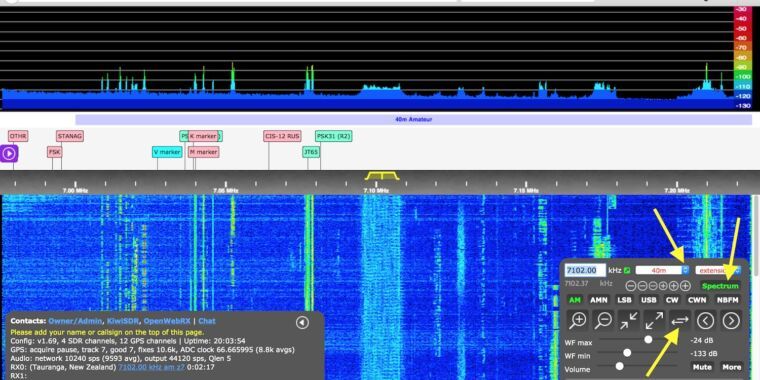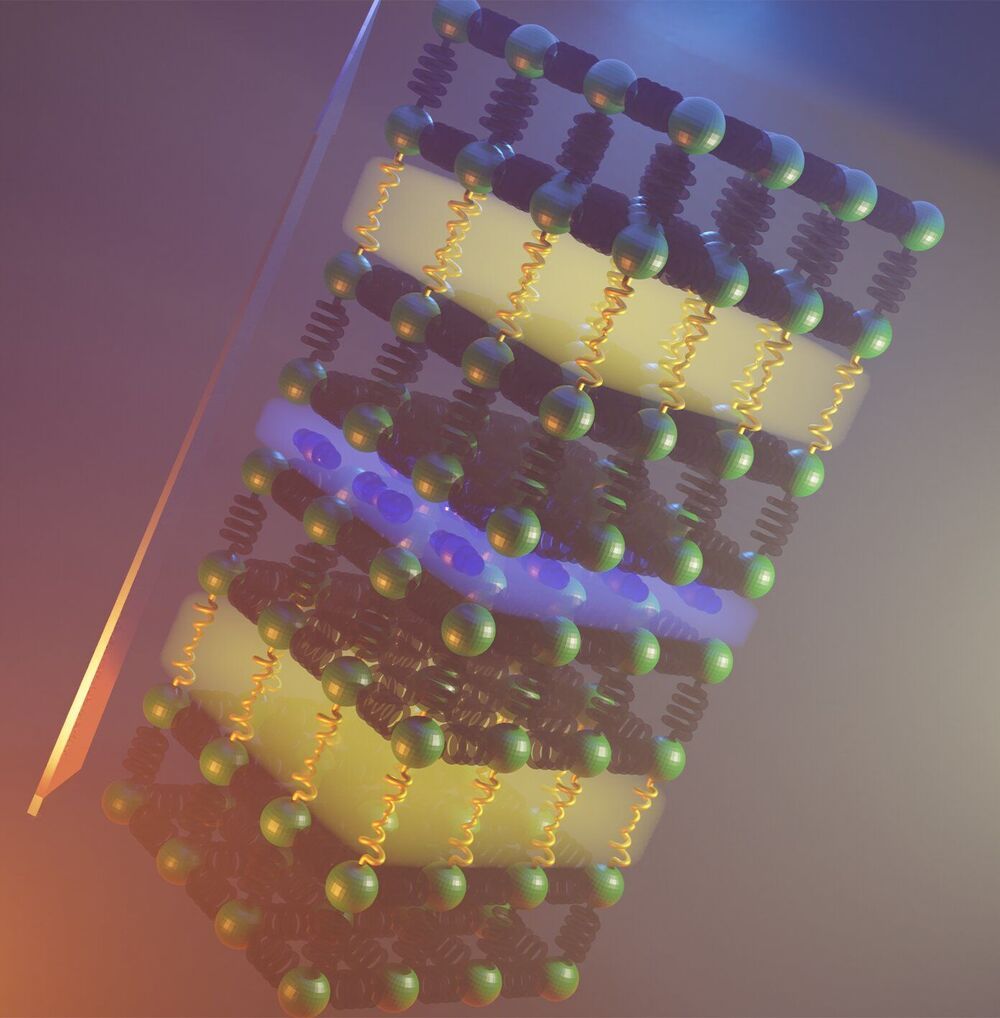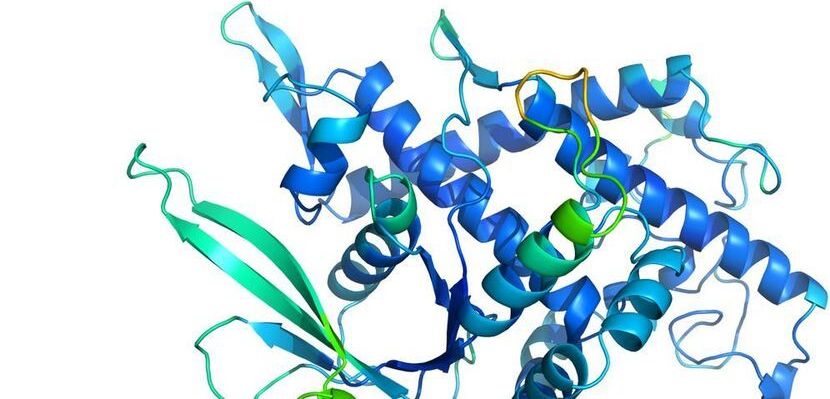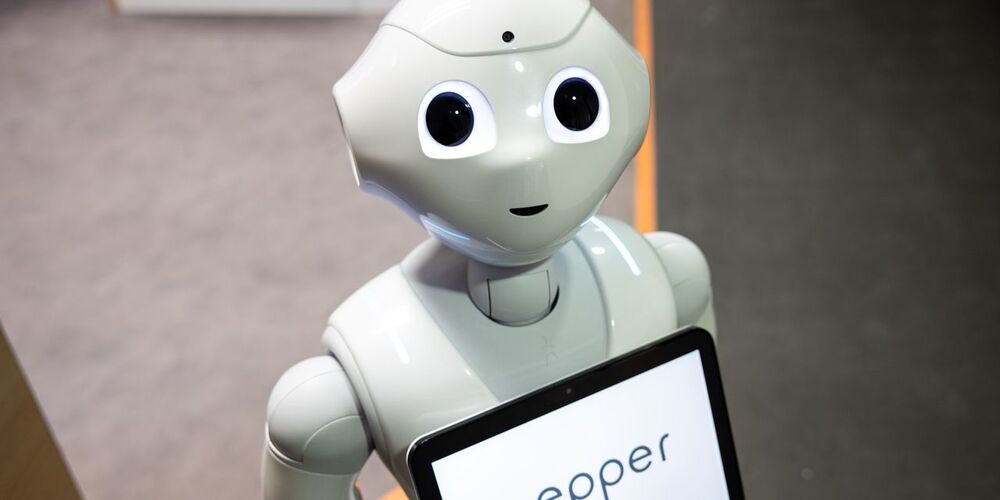Page 5116
Jul 15, 2021
Researchers discover a new inorganic material with lowest thermal conductivity ever reported
Posted by Saúl Morales Rodriguéz in categories: particle physics, sustainability
A collaborative research team, led by the University of Liverpool, has discovered a new inorganic material with the lowest thermal conductivity ever reported. This discovery paves the way for the development of new thermoelectric materials that will be critical for a sustainable society.
Reported in the journal Science, this discovery represents a breakthrough in the control of heat flow at the atomic scale, achieved by materials design. It offers fundamental new insights into the management of energy. The new understanding will accelerate the development of new materials for converting waste heat to power and for the efficient use of fuels.
The research team, led by Professor Matt Rosseinsky at the University’s Department of Chemistry and Materials Innovation Factory and Dr. Jon Alaria at the University’s Department of Physics and Stephenson Institute for Renewable Energy, designed and synthesized the new material so that it combined two different arrangements of atoms that were each found to slow down the speed at which heat moves through the structure of a solid.
Jul 15, 2021
Scientists take first snapshots of ultrafast switching in a quantum electronic device
Posted by Saúl Morales Rodriguéz in categories: computing, particle physics, quantum physics
Electronic circuits that compute and store information contain millions of tiny switches that control the flow of electric current. A deeper understanding of how these tiny switches work could help researchers push the frontiers of modern computing.
Now scientists have made the first snapshots of atoms moving inside one of those switches as it turns on and off. Among other things, they discovered a short-lived state within the switch that might someday be exploited for faster and more energy-efficient computing devices.
The research team from the Department of Energy’s SLAC National Accelerator Laboratory, Stanford University, Hewlett Packard Labs, Penn State University and Purdue University described their work in a paper published in Science today.
Jul 15, 2021
Adding logical qubits to Sycamore quantum computer reduces error rate
Posted by Saúl Morales Rodriguéz in categories: quantum physics, robotics/AI
The Google Quantum AI team has found that adding logical qubits to the company’s quantum computer reduced the logical qubit error rate exponentially. In their paper published in the journal Nature, the group describes their work with logical qubits as an error correction technique and outline what they have learned so far.
One of the hurdles standing in the way of the creation of usable quantum computers is figuring out how to either prevent errors from occurring or fixing them before they are used as part of a computation. On traditional computers, the problem is mostly solved by adding a parity bit—but that approach will not work with quantum computers because of the different nature of qubits—attempts to measure them destroy the data. Prior research has suggested that one possible solution to the problem is to group qubits into clusters called logical qubits. In this new effort, the team at AI Quantum has tested this idea on Google’s Sycamore quantum computer.
Sycamore works with 54 physical qubits, in their work, the researchers created logical qubits of different sizes ranging from five to 21 qubits to see how each would work. In so doing, they found that adding qubits reduced error rates exponentially. They were able to measure the extra qubits in a way that did not involve collapsing their state, but that still provided enough information for them to be used for computations.
Jul 15, 2021
Noise reduction for weak lensing mass mapping: an application of generative adversarial networks to Subaru Hyper Suprime-Cam first-year data
Posted by Saúl Morales Rodriguéz in categories: mapping, robotics/AI
ABSTRACT. We propose a deep-learning approach based on generative adversarial networks (GANs) to reduce noise in weak lensing mass maps under realistic conditio.
Jul 15, 2021
DeepMind reveals more about how it cracked protein folding
Posted by Derick Lee in categories: biotech/medical, robotics/AI
Today, in a peer-reviewed paper published in the prestigious scientific journal Nature, DeepMind offered further details of how exactly its A.I. software was able to perform so well. It has also open-sourced the code it used to create AlphaFold 2 for other researchers to use.
But it’s still not clear when researchers and drug companies will have easy access to AlphaFold’s structure predictions.
Jul 15, 2021
What science fiction got right and wrong about babies of the future
Posted by Jose Ruben Rodriguez Fuentes in category: futurism
A century of science has pushed the boundaries of human reproduction even beyond writers’ imaginations.
Jul 15, 2021
Humanoid Robot Keeps Getting Fired From His Jobs
Posted by Eric Hunting in categories: employment, robotics/AI
SoftBank’s humanoid robot had big career plans, including a job at a bank and dancing with the elderly. Ask about Pepper these days, though, and the conversation gets awkward.
Jul 15, 2021
SpaceX: How Mars “spy satellite” creator tracked Elon Musk’s Tesla Roadster
Posted by Atanas Atanasov in categories: Elon Musk, satellites, sustainability
An engineer who helped develop a camera for Mars has built a tool to track the most fascinating car in the Solar System.
Europe’s largest battery storage project – and the first to reach 100 megawatts of capacity – has begun operations at Minety in Wiltshire, UK.


















